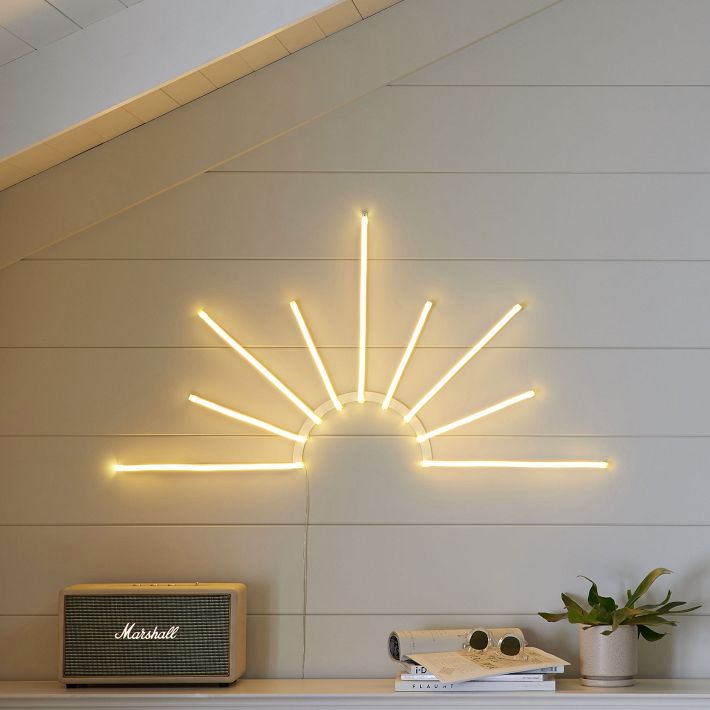Investigating How Definition Affects the Performance and Aesthetic Quality of LED Screens in Modern Display Techniques
Investigating How Definition Affects the Performance and Aesthetic Quality of LED Screens in Modern Display Techniques
Blog Article
LED screens are becoming more and more common in various settings, including musical events and sports competitions to business presentations and art installations. One of the key crucial elements that influence the performance and visual clarity of these screens is image clarity. Resolution refers to the quantity of picture elements that compose the image on the display. Higher resolution indicates additional pixels, which can lead to sharper and clear visuals. Grasping how image clarity affects LED walls can help users make informed choices about their screen requirements.
When discussing resolution, it is essential to consider pixel pitch, which is the distance between the center of one picture element to the midpoint of the following picture element. A reduced pixel pitch results in a higher resolution, enabling additional clarity in the visuals displayed. For example, an LED wall with a pixel spacing of 1.5mm will offer a sharper visual than one with a picture spacing of 3mm. This is particularly important in environments where audiences are close to the screen, such as in a small venue or a exhibition event booth. In these cases, a higher resolution can significantly enhance the observing quality.
Another factor of image clarity is its effect on hue precision and brightness. LED walls with greater resolutions often have better color rendering, indicating that the hues shown are increasingly vibrant and realistic. This is essential for uses like advertising, where the goal is to capture interest and communicate a message effectively. Additionally, higher image clarity screens can preserve brightness levels even when viewed from various Visit Website perspectives. This is important in large locations where viewers may be positioned at various distances and positions from the display.
The functionality of LED screens is also affected by image clarity in terms of update frequencies and reaction durations. A greater image clarity screen can support quicker update frequencies, which is essential for dynamic content such as videos and animations. This means that the images on the screen will appear more fluid and increasingly seamless, improving the total observing quality. In comparison, reduced resolution screens may have difficulty with dynamic material, resulting in fuzziness or delay. Therefore, for occasions that depend on dynamic images, selecting a screen with a suitable resolution is critical.
In conclusion, image clarity plays a crucial role in defining the performance and visual quality of LED walls. Factors such as picture spacing, hue precision, luminosity, refresh rates, and response times all affect how effectively a screen can communicate data and capture viewers. As technology continues to advance, understanding these elements will help operators choose the appropriate LED screen for their particular needs, guaranteeing that they achieve the best potential outcomes in their displays and occasions.